Practical Applications: Multimodal Projects for Adult MLEs
by Rachael Krummel and Devin McCain
 Today’s society rewards self-driven job seekers
with technological aptitude, critical and creative thinking skills, and the
tenacity to apply what they learn. Do adult intensive English programs meet the
demands of the workforce by providing more than the usual English curriculum?
Selfe and Selfe’s 2008 study suggests that the assignments given to today’s
students are almost identical to the assignments of their parents and
grandparents, and most adult intensive English programs do not offer courses on
digital literacy or multimodal composition. If education is to be the great
equalizer, perhaps it is time to turbo-charge that curriculum with digital
multimodal literacy skills, so our students can be efficient consumers and
literate producers of multimodal texts.
Today’s society rewards self-driven job seekers
with technological aptitude, critical and creative thinking skills, and the
tenacity to apply what they learn. Do adult intensive English programs meet the
demands of the workforce by providing more than the usual English curriculum?
Selfe and Selfe’s 2008 study suggests that the assignments given to today’s
students are almost identical to the assignments of their parents and
grandparents, and most adult intensive English programs do not offer courses on
digital literacy or multimodal composition. If education is to be the great
equalizer, perhaps it is time to turbo-charge that curriculum with digital
multimodal literacy skills, so our students can be efficient consumers and
literate producers of multimodal texts.
The reality is that students are already learning
through multiple avenues of communication: YouTube and TikTok videos, Spotify
podcasts, infographics, websites, and others. “Literacies are not static”
(Selfe & Selfe, 2008). Literacy has gone digital, with multiple modes
of communication, just like many aspects of life, and so should literacy
education.
What Is Digital Multimodal Composition?
Communication itself consists of more than just
written or spoken language (see Figure 1). Digital multimodal composition (DMC)
involves communicative literacy in all five modes. DMC projects immerse
multilingual learners of English (MLEs) in the current, sociocultural writing
norms of different genres and communicative modes through research based on
students’ interests and preferences. Table 1 illustrates some examples of
digital project assignments.
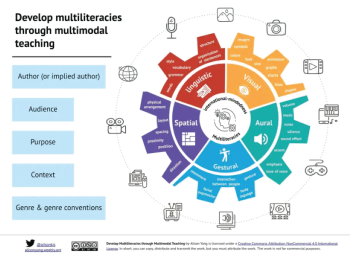
Figure 1. Modes of communication. (Source: Alison
Yang; Creative
Commons Attribution Non-Commercial License; click here to enlarge)
Table 1. Digital Multimodal Composition
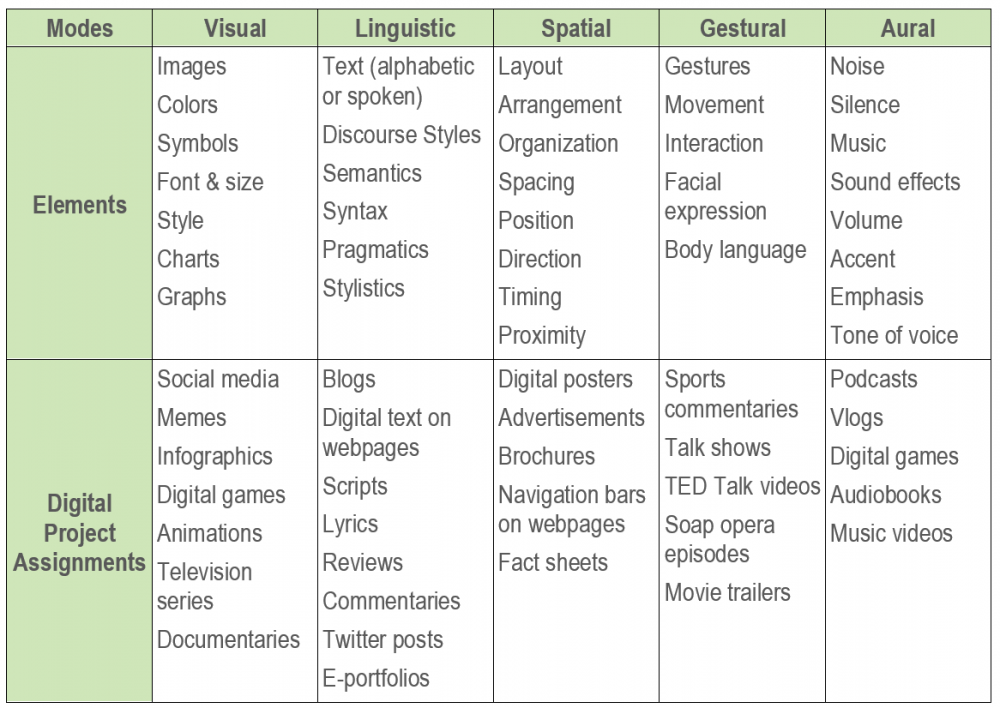
(Click here to enlarge)
Though multimodal texts do not necessarily require
digital tools, there is a strong incentive for MLEs to be proficient in DMC.
When creating a podcast or similar text that emphasizes the aural mode,
students must consider their audience, purpose, and context, and organize ideas
for content coherently, just as their colleagues do in traditional writing
classes. Some educators, students, and parents argue that teaching language
skills using a project-based DMC may not be “academic,” but we see this methodology
as relevant because multimodal communication is commonplace in real life.
In addition, students develop soft skills when
working on a constructivist, project-based multimodal and digital assignment
that are highly sought after by employers, such as
- communication,
-
critical thinking and
problem-solving,
-
collaboration,
-
self-directed initiative,
-
metacognition,
-
ownership and accountability,
-
ethical responsibility,
-
creativity,
and
-
punctuality.
Why Digital Multimodal Composition With Project-Based
Learning?
Project-based learning (PBL) is almost synonymous
with self-directed learning, which in turn results in a deeper and more
relevant kind of learning, or the higher levels in Bloom’s Taxonomy: apply,
analyze, evaluate, and create (see Figure 2). The engaging aspects of a DMC
project not only excite learners, but also motivate and help them build a
plethora of relevant and highly coveted soft skills. The traditional
teacher-centered classroom emphasizes rote memorization and doesn’t provide the
same affordance an engaging project-based curriculum does, or personalized
project learning experience that focuses on student choice and voice. PBL gives
more agency to develop self-efficacy and critical viewing competencies as
students consider options, brainstorm ideas and solutions, iterate their
projects, and defend their choices. All these activities engage higher order
thinking skills and expose learners to transferrable 21st-century career
readiness skills, thus helping them to excel in a world where digitally driven
communication is fast replacing the pen and paper mode of
communication.
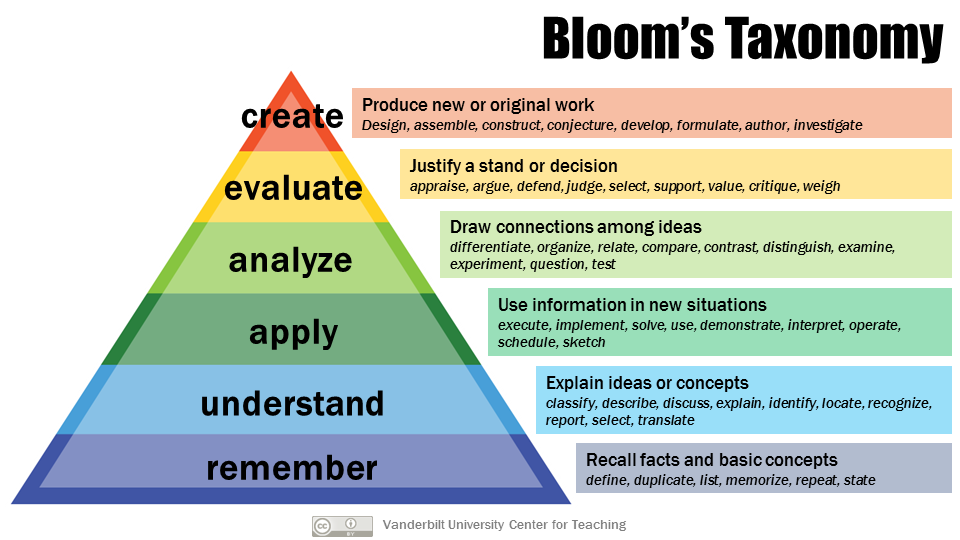
Figure 2. Bloom’s Taxonomy. (Source: Vanderbilt
University Center for Teaching; Creative
Commons Attribution license; click here to enlarge)
The Backstory
After conducting rigorous research to establish the
benefits of project-based DMC and forming a committee with two other
colleagues, our next step was to find one or more courses into which we could
incorporate it. Because there were few multimodal, project-based curricula for
adult MLEs we could use to avoid reinventing the wheel, we pored through more
research-based, open educational resources and tried and tested curricula from
public schools and English as a foreign language programs. We also decided that
a four-course series called Practical Language Applications (PLA) would most
readily lend itself to adaptation. These 20-hour courses, which meet in
computer labs on Fridays, were initially geared toward Continuing Education
Intensive English F1 students with English proficiency levels A1 to B2,
according to the Common European Framework of Reference for Languages (CEFRL),
as shown in Table 2.
Finally, we devised thoughtful student language
objectives and implemented both formative and summative assessments—the former
with a student proposal and action plan form, the latter with a rubric and
final reflection essay. With our regular intensive English courses anchoring
the necessary instruction of English language skills and strategies Monday to Thursday,
the PLA curriculum supports English language application and digital
literacy.
The Curriculum
Each MLE authors an original and relevant
multimodal project that consists of a combination of motion, images, text, and/or
audio (see Table 2 and Figure 3). Students have autonomy when selecting their
topics and choosing whether to work alone or in a group. According to a recent
review of student surveys, they consider this the best part of the
process.
Table 2. Practical Language Application
Courses
|
PLA
Courses |
Language Focus |
CEFRL
Scale |
Digital Multimodal
Project |
|
PLA 1 |
Listening
& Speaking |
A1 |
PowerPoint
presentation (with embedded images, voice-over audio or video
clips) |
|
PLA 2 |
Reading &
Writing |
A2 |
Blog |
|
PLA 3 |
Listening
& Speaking |
B1 |
Podcast
(scripted) |
|
PLA 4 |
Reading &
Writing |
B2 |
E-portfolio |
CEFRL = Common
European Framework of Reference for Languages; PLA = Practical Language
Application
MLEs are guided through every phase of the process
and are expected to monitor their progress by completing a student proposal and
action plan form and other assignment sheets in the learners’
Canvas LMS (see Figure 4). Some parts of the course follow the flipped teaching
methodology as the instructor selects short video clips provided in each module
for students to view before class. During class, learners work on their
projects using the action plan form as a pacing tool. Learners also complete
assignments designed to scaffold the project’s creation in each module of
Canvas LMS. These activities are assigned to reinforce English language skills
and can serve as a self-study where they can be extended as homework. The
projects themselves are completed in five phases:
- Phase I: Ideation
- Phase II: Development
- Phase III: Share (peer review)
- Phase IV: Publication (complete
project)
- Phase V: Reflection
The instructor’s role is to provide lessons on
basic digital literacy, multimodal composition, and language skills through
individual and/or group discussions. Before accepting a PLA course, instructors
are given clear, standardized pacing guides (see Figure 5) that mirror the
modules in the learners’ Canvas LMS and trained in aspects of digital modes of
communication. In addition, instructors are provided with open educational
resources to help them familiarize themselves with the aspects of DMC. One such
resource is a peer-reviewed open textbook series called Writing
Spaces: Readings on Writing; this is a treasure trove of
free educational resources available under a Creative Commons
license.
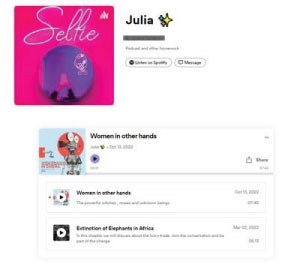
Figure 3. A student’s podcast.
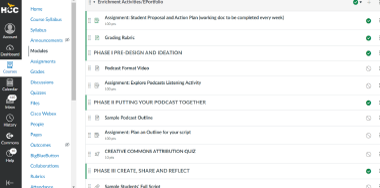
Figure 4. Canvas LMS practical language application
modules and assignment sheets.
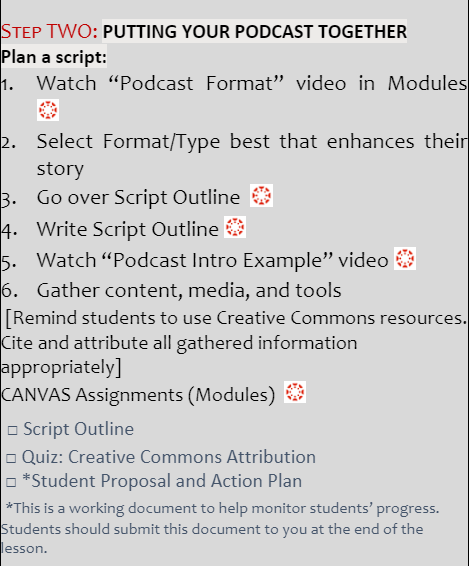
Figure 5. Excerpt from the instructor pacing guide.
Conclusion
Literacy education doesn’t have to be static. PLA
gives learners voice and choice on the projects they desire. The bonus to such
instructional mentality is the relevance of it all: students gain genre
awareness without feeling a sense of alienation from a static or monotonous
curriculum, and “explore the context in which the texts are produced as well as
reasons for the linguistic choices that students are making” (Partridge et al,
2009, p. 77). As John Dewey stated in 1897, “Education is not preparation for
life; education is life itself.” We hope that the ideas espoused in this
article help other instructors of MLEs plan lessons and design curricula that
will hold up in today’s increasingly digitalized world.
References
Dewey, J. (1897). My pedagogic creed. School Journal, 54(3),
77–80.
Partridge, B., Harbon, L., Hirsch, D., Shen, H.,
Stevenson, M., Phakiti, A., & Woodrow, L. (2009). Teaching
academic writing: An introduction for teachers of second language
writers. University of Michigan Press.
Selfe,
R. J., & Selfe, C. L. (2008). “Convince me!” Valuing multimodal
literacies and composing public service announcements. Theory Into
Practice, 47(2), 83–92. http://www.jstor.org/stable/40071528
Rachael
Krummel holds a Master of Education in
TESOL from Sam Houston State University. As a lead faculty at Houston Community
College CE Intensive English program, she brings over two decades of invaluable
experience in teaching English language in Asia and the United States. Rachael
is committed to empowering her students with the language skills and confidence
to navigate our evolving world. Outside her professional life, she enjoys
meaningful moments with her family and pets.
Devin
McCain is one of the CE Intensive English
lead faculty at Houston Community College. He previously tutored college and
university students, taught at an English immersion camp in South Korea, and
worked as an ESL and GED instructor at McLennan Community College in Waco. He
has an MA in English from Baylor University, and his research interests include
gamification of learning. His hobbies include traveling, reading, writing, and
games of all sorts.